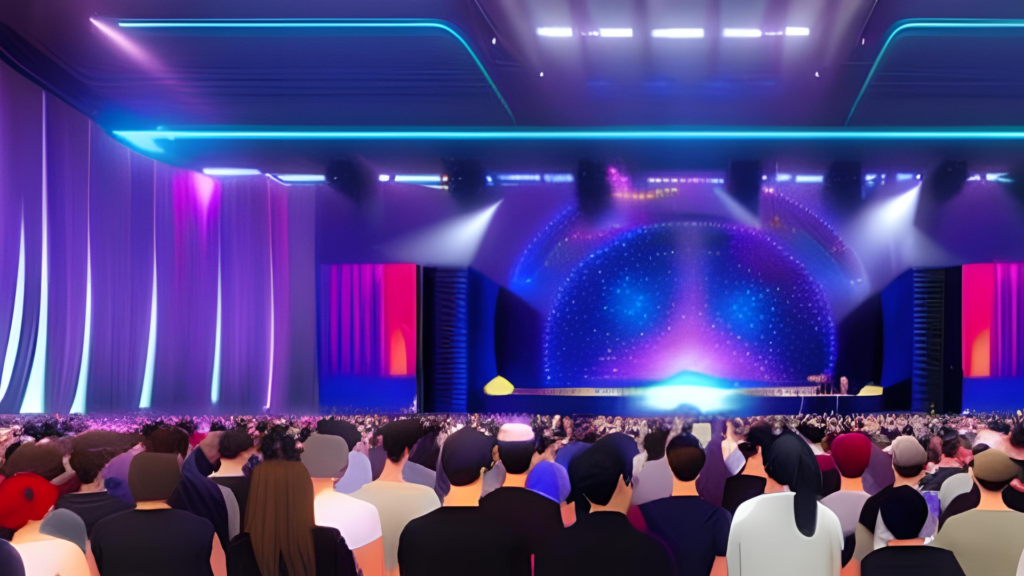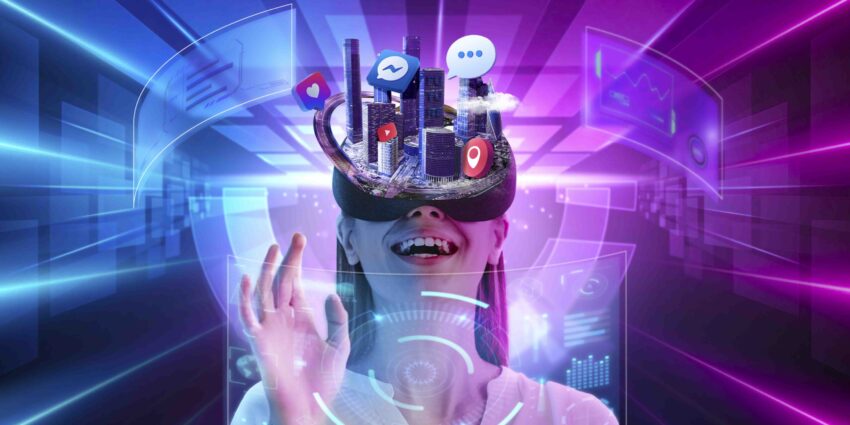In recent years, the landscape of live music has undergone a significant transformation with the rise of virtual concerts and livestreaming platforms. These digital innovations have revolutionized the way audiences experience live music, offering greater accessibility, convenience, and interactivity than ever before. In this article, we explore the growing phenomenon of virtual concerts and livestreaming, examining how they are redefining the live music experience and shaping the future of the music industry.
The Rise of Virtual Concerts
Virtual concerts, also known as online concerts or digital concerts, have become increasingly popular in recent years, particularly in light of the COVID-19 pandemic, which forced the cancellation of live events and concerts worldwide. These digital concerts allow artists to perform live for their fans from virtually anywhere in the world, streaming their performances to audiences via the internet.
One of the key advantages of virtual concerts is their accessibility. Unlike traditional live events, which are often limited by venue capacity and geographical location, virtual concerts can be accessed by anyone with an internet connection, allowing fans from around the globe to tune in and enjoy the show from the comfort of their own homes. This has opened up new opportunities for artists to reach larger and more diverse audiences than ever before, transcending the limitations of physical space and time.

Moreover, virtual concerts offer greater flexibility and convenience for both artists and audiences. Artists can perform from anywhere with an internet connection, eliminating the need for travel and reducing associated costs and logistical challenges. Meanwhile, audiences can enjoy live music without the hassle of commuting to a venue, purchasing tickets, or dealing with crowds, making live music more accessible to people of all ages and backgrounds.
The Power of Livestreaming Platforms
Central to the success of virtual concerts is the emergence of livestreaming platforms, which enable artists to broadcast their performances to audiences in real-time. Platforms like YouTube, Twitch, and Facebook Live have become popular destinations for livestreamed concerts, providing artists with tools and features to engage with fans, monetize their performances, and reach new audiences.
Livestreaming platforms offer a range of interactive features that enhance the live music experience for audiences. Chatrooms allow fans to communicate with each other and with the artist during the performance, fostering a sense of community and connection. Virtual tipping and donation options enable fans to support their favorite artists directly, providing an alternative revenue stream in an industry heavily impacted by the decline of live events.
Moreover, livestreaming platforms offer artists the opportunity to experiment with new formats and creative concepts, blurring the lines between music, technology, and multimedia art. From immersive virtual reality experiences to interactive 360-degree video streams, artists are pushing the boundaries of what is possible in the digital realm, creating unforgettable experiences for their fans.
Challenges and Opportunities
While virtual concerts and livestreaming platforms offer numerous benefits, they also present unique challenges for artists and the music industry as a whole. Monetization remains a significant issue, with artists often struggling to generate sufficient revenue from virtual concerts to sustain their livelihoods. Additionally, concerns have been raised about the impact of virtual concerts on the traditional live music ecosystem, including venues, promoters, and other industry stakeholders.
However, virtual concerts also present exciting opportunities for innovation and growth in the music industry. As technology continues to evolve, artists and industry professionals are exploring new ways to enhance the virtual concert experience, from integrating virtual reality and augmented reality technologies to creating interactive fan experiences and gamified concert experiences.

Moreover, virtual concerts have the potential to democratize the live music experience, empowering independent artists and emerging talent to connect directly with their fans and build sustainable careers in the digital age. By embracing virtual concerts and livestreaming platforms, artists can reach new audiences, engage with fans in meaningful ways, and explore new avenues for creative expression and collaboration.
The Future of Live Music
In conclusion, virtual concerts and livestreaming platforms are redefining the live music experience, offering greater accessibility, convenience, and interactivity than ever before. As technology continues to advance and audiences increasingly embrace digital forms of entertainment, virtual concerts are poised to become an integral part of the music industry landscape.
To learn more about virtual concerts and livestreaming platforms, visit Roothog Music https://roothogmusic.com/, a leading source of information and resources for artists, industry professionals, and music fans alike. Together, we can embrace the digital revolution and shape the future of live music for generations to come.
